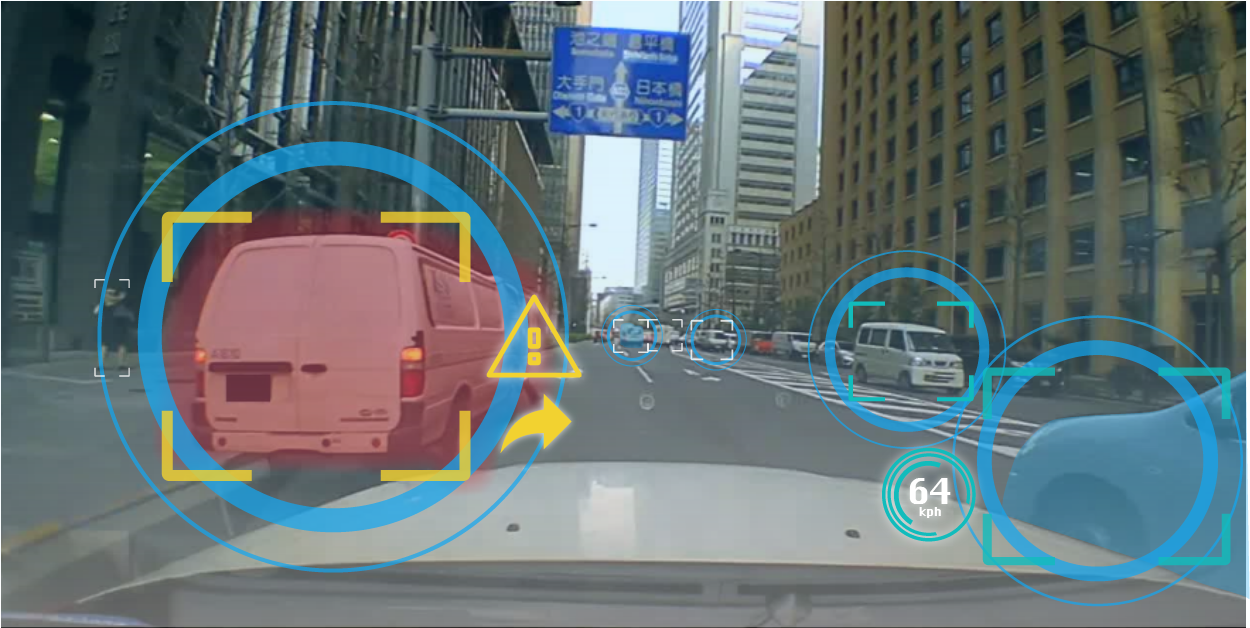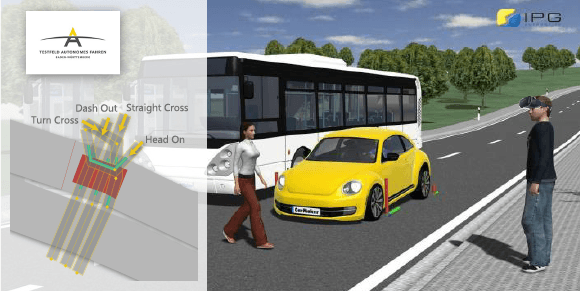
The likelihood of people walking into the street at the same time on both sides of a shopping street is much higher on a weekday at 3:00 pm than on a Sunday. An attentive, considerate driver knows these relationships, estimates what is currently available and then chooses an appropriate driving style. In the first case, the driver would proactively reduce the vehicle speed to prevent the emergence of dangerous situations or an accident. This dynamic risk assessment is an essential function for future autonomous vehicles whose development and safeguards are still lacking the relevant test scenarios for OEMs and suppliers.

To address this challenge, the project team will take the following steps: